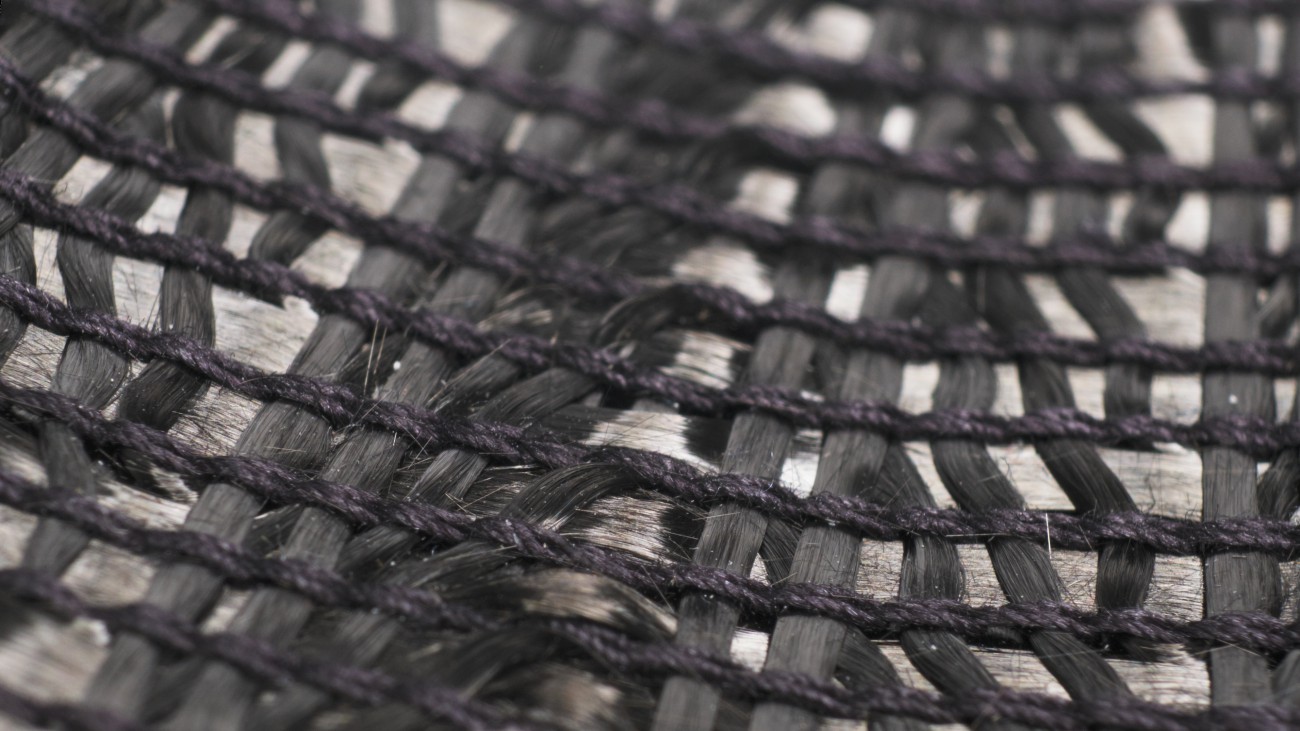- HOME
- CAPABILITIES
-
PRODUCTS
-
Specialty / Engineered FabricsComposites are getting more demanding and Textum has met the challenge by adding to its specialty fabrics capabilities.
-
3D Fabrics / Preforms / BilletsAll composite parts are not flat – so why should all composite fabric be flat? At Textum we realize that composite parts take many different shapes and sizes.
-
Helical FabricsPreviously, when a parts manufacturer needed to produce helical or circular textile patterns for reinforcing a disk shape they were limited to a couple of methods.
-
High Temperature SealsSpace and Aerospace environments are becoming more demanding. Textum has developed reusable seal technologies that can withstand cryogenic to ultra-high temperatures.
-
- Team
- Contact
- Employment
- Documents




